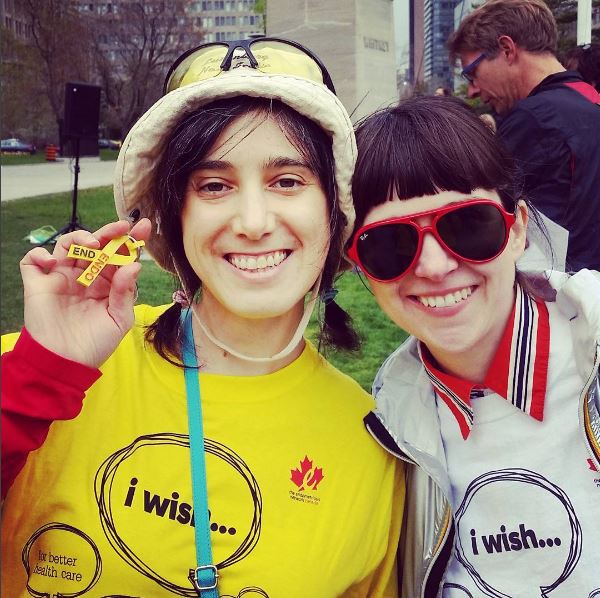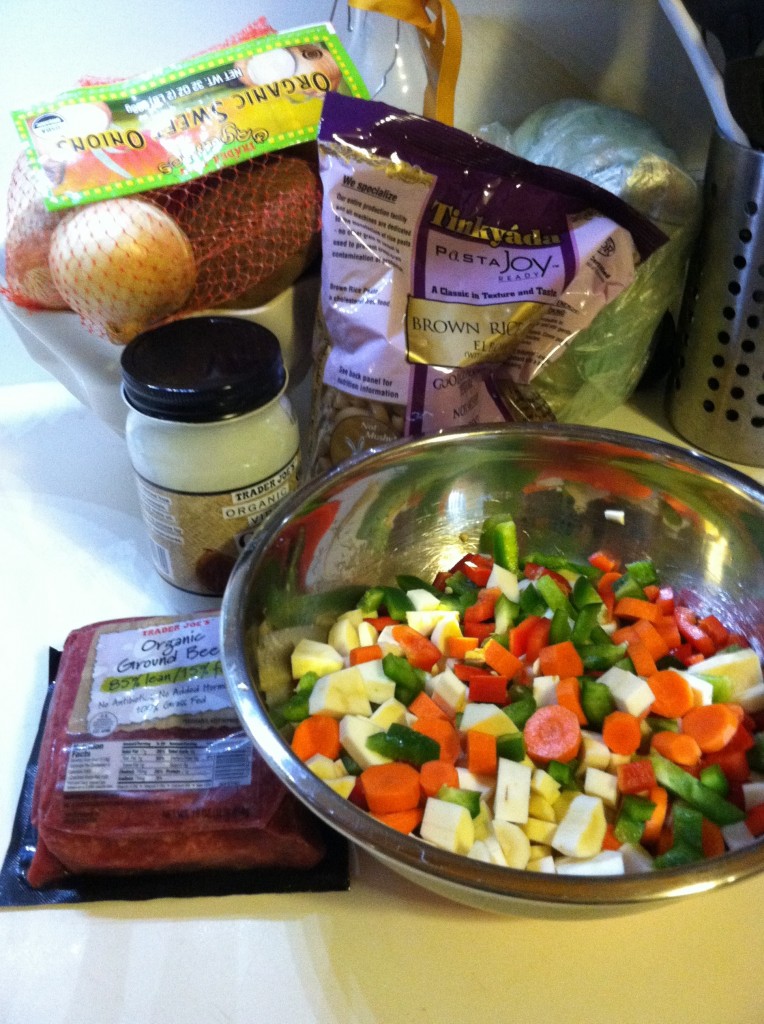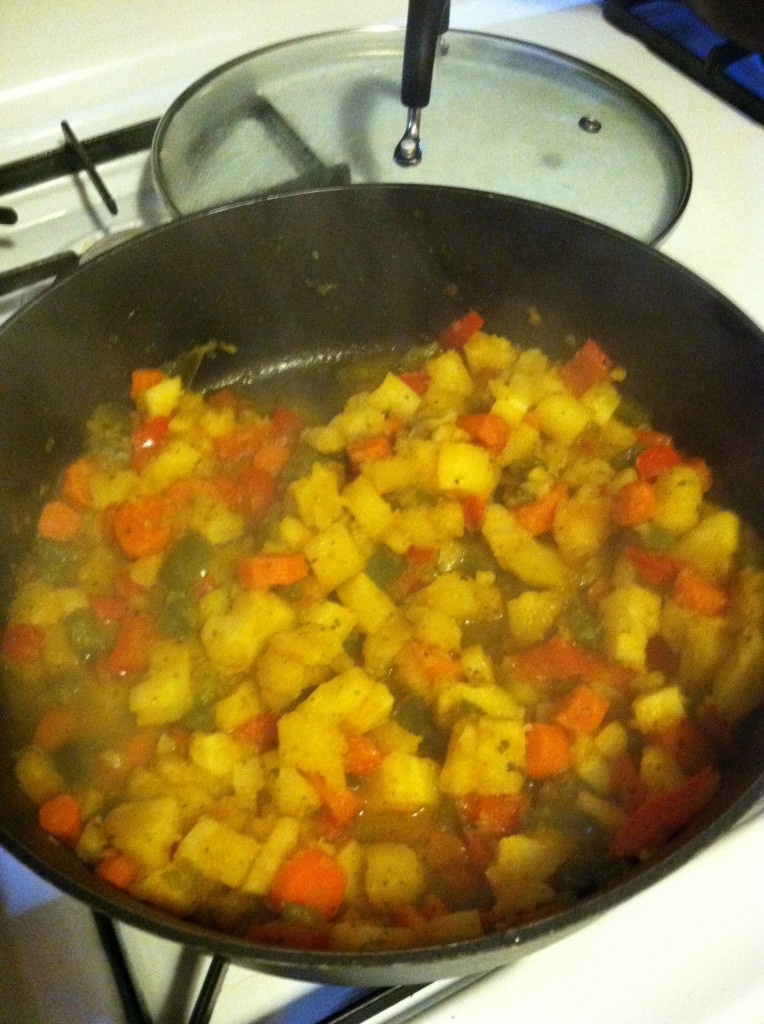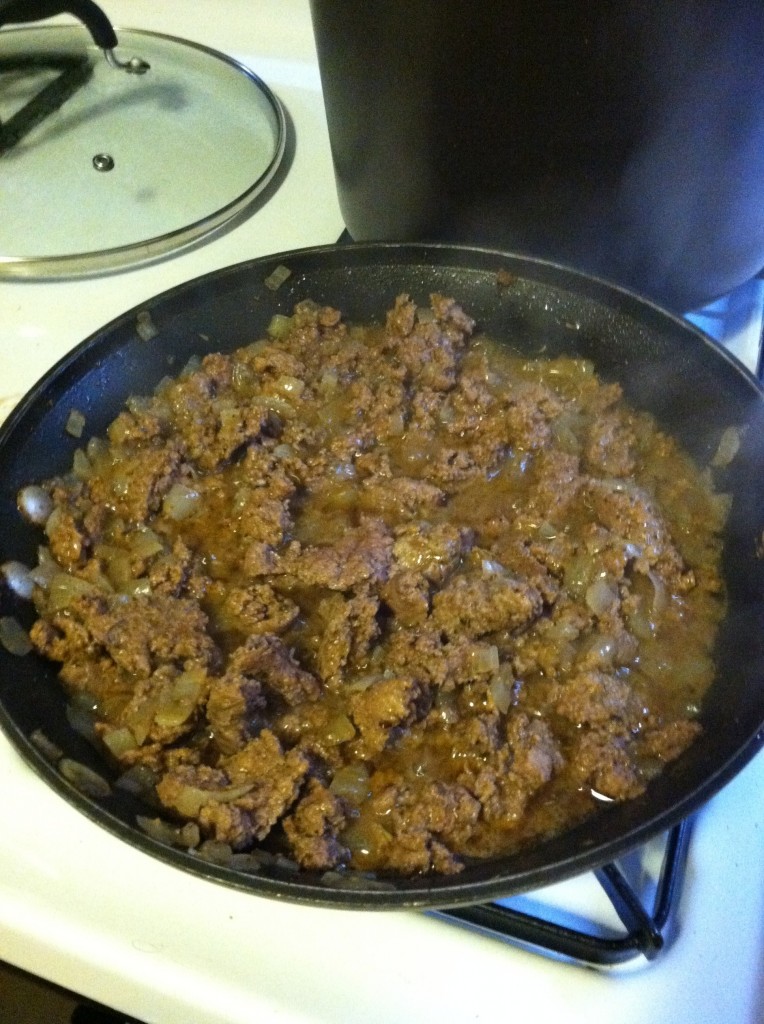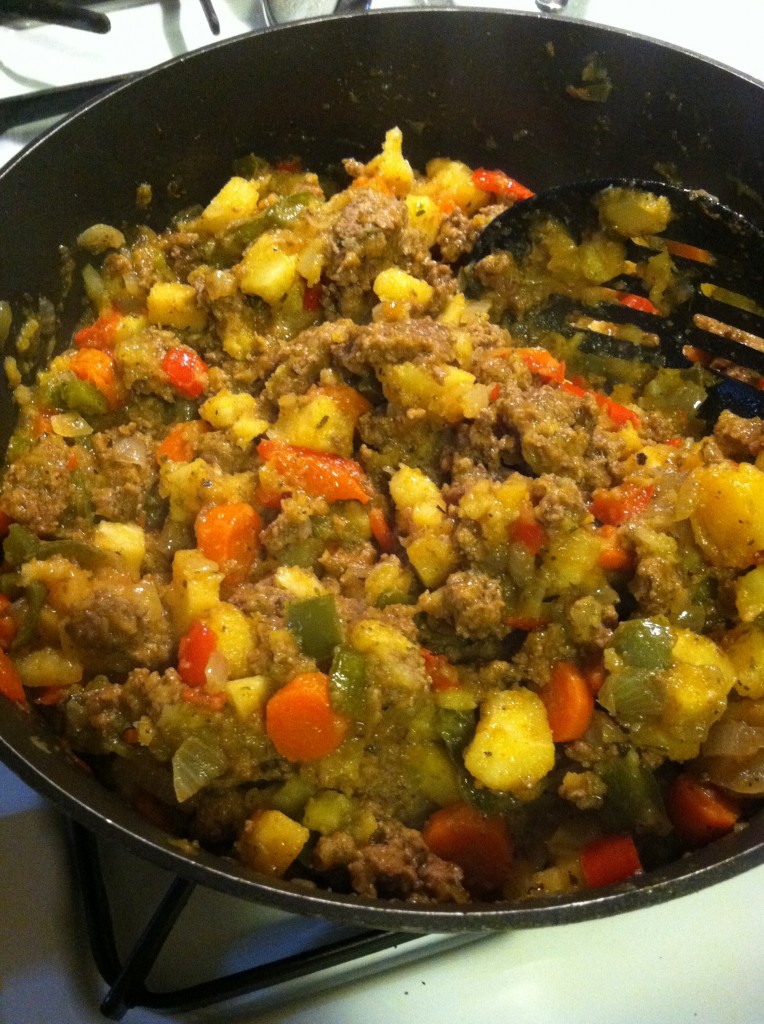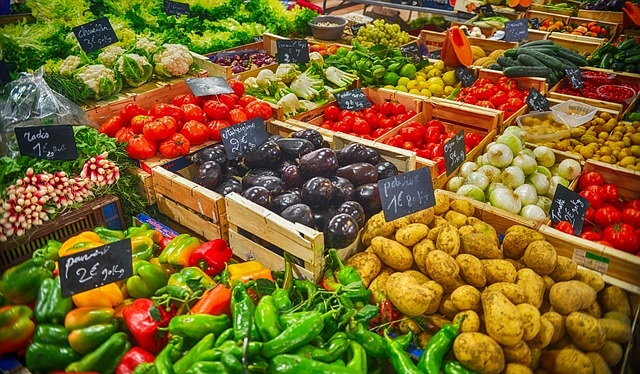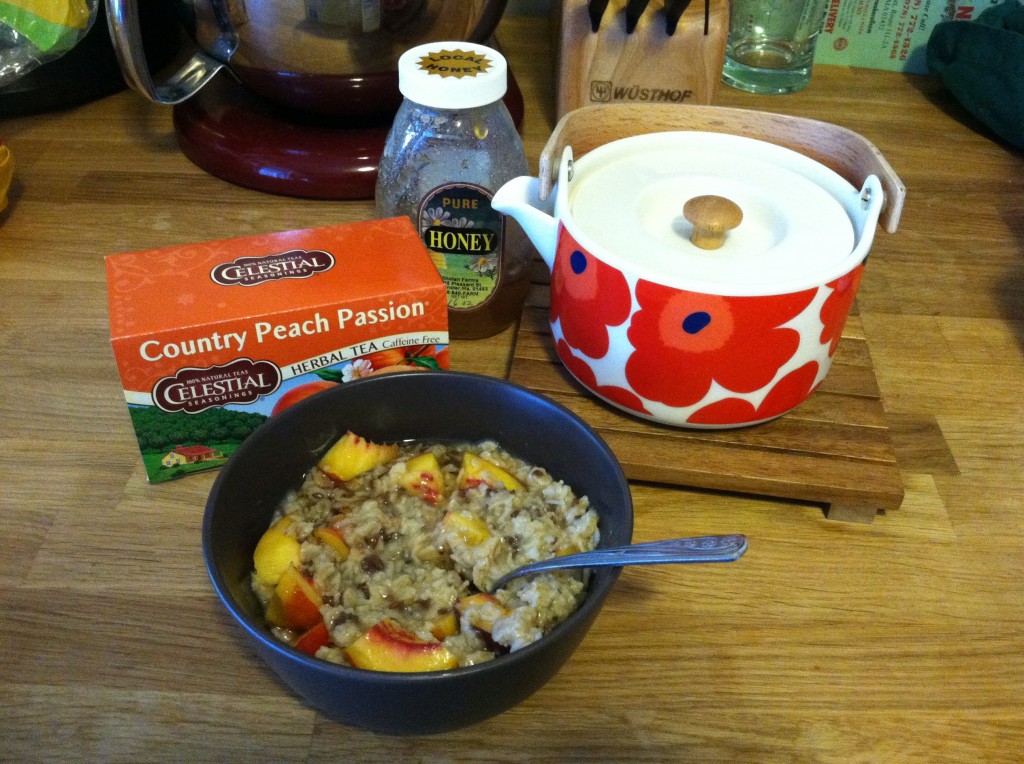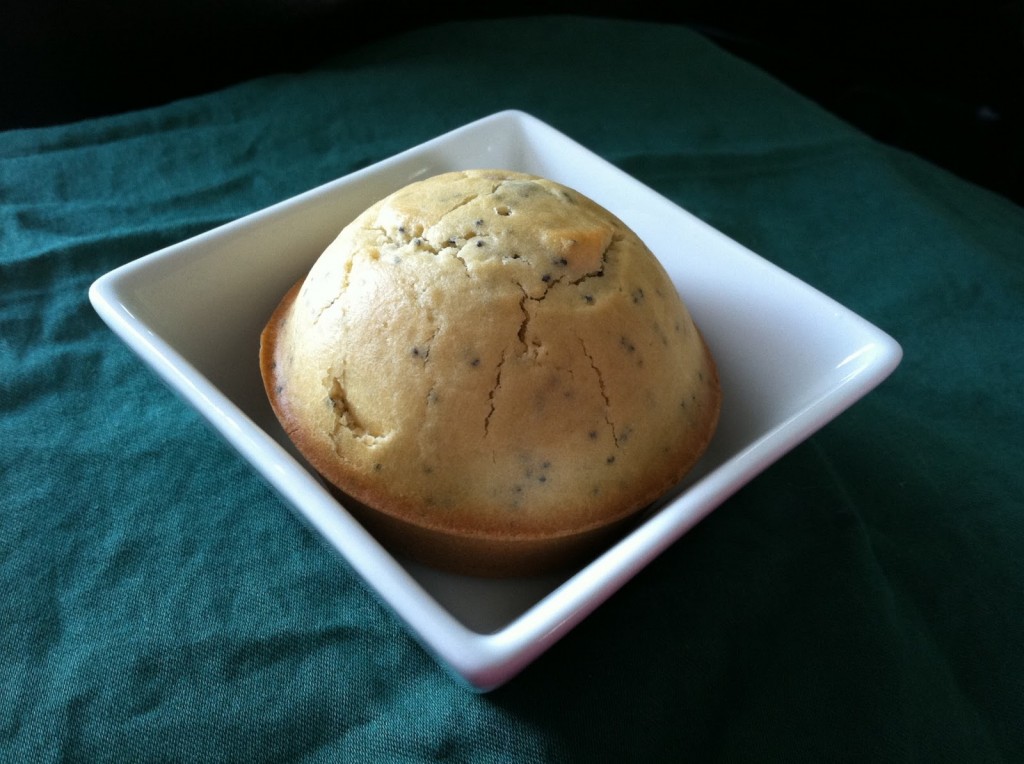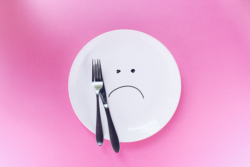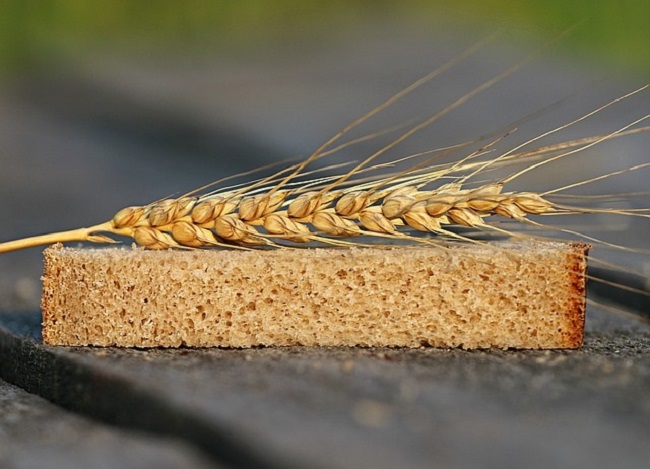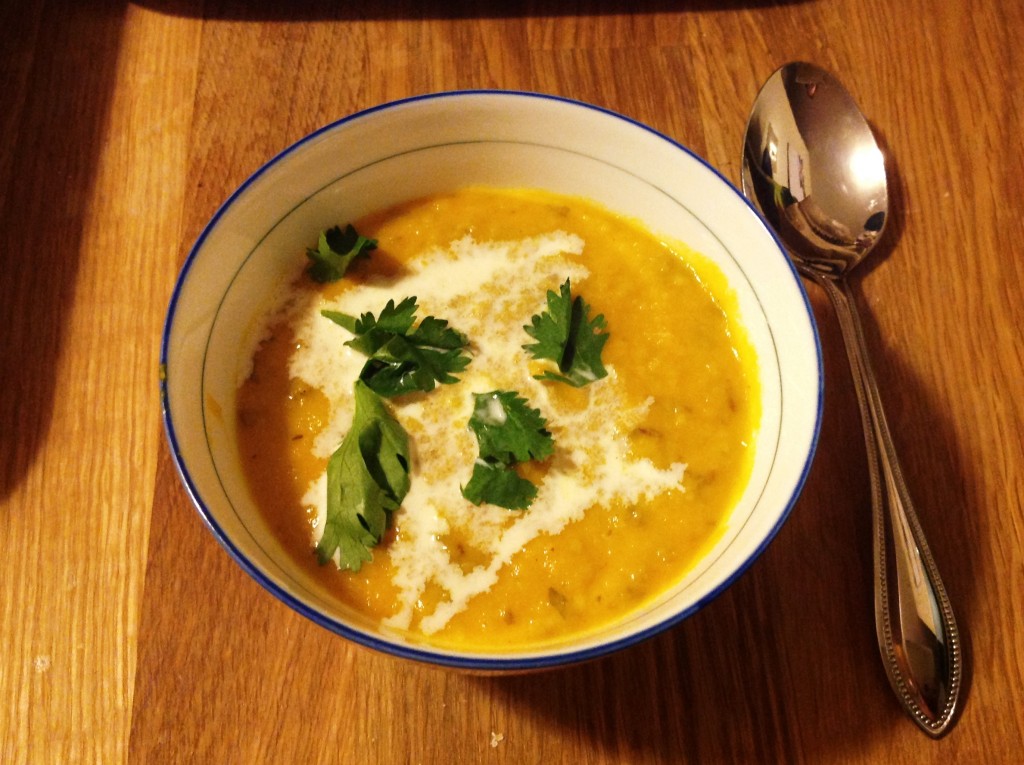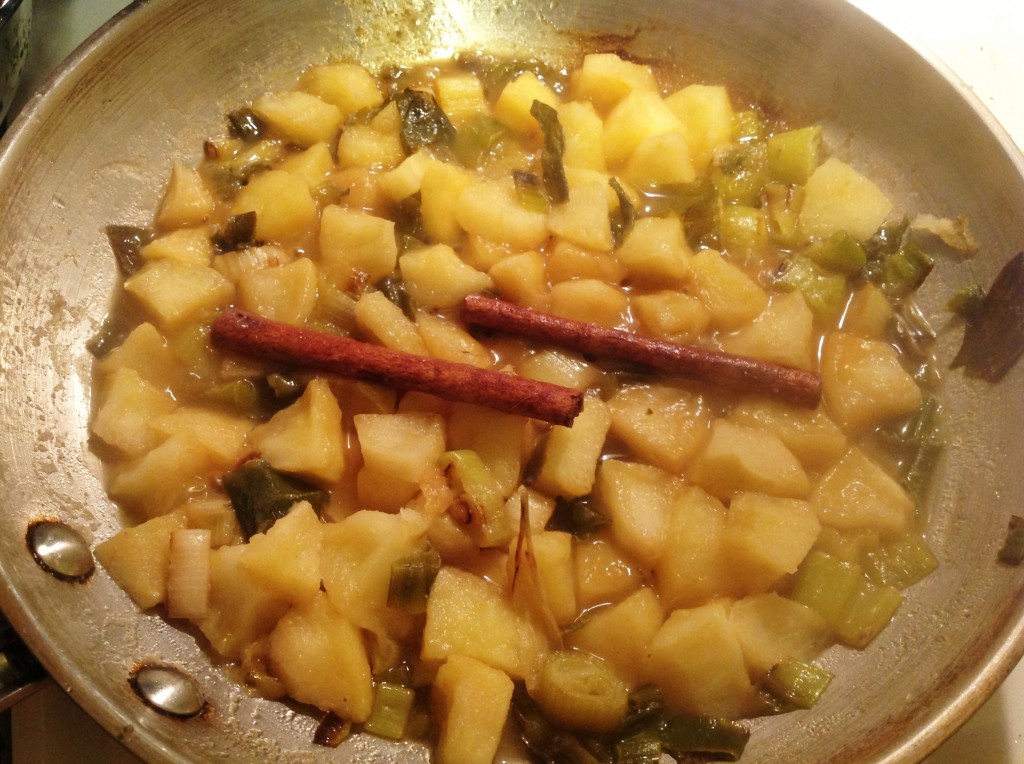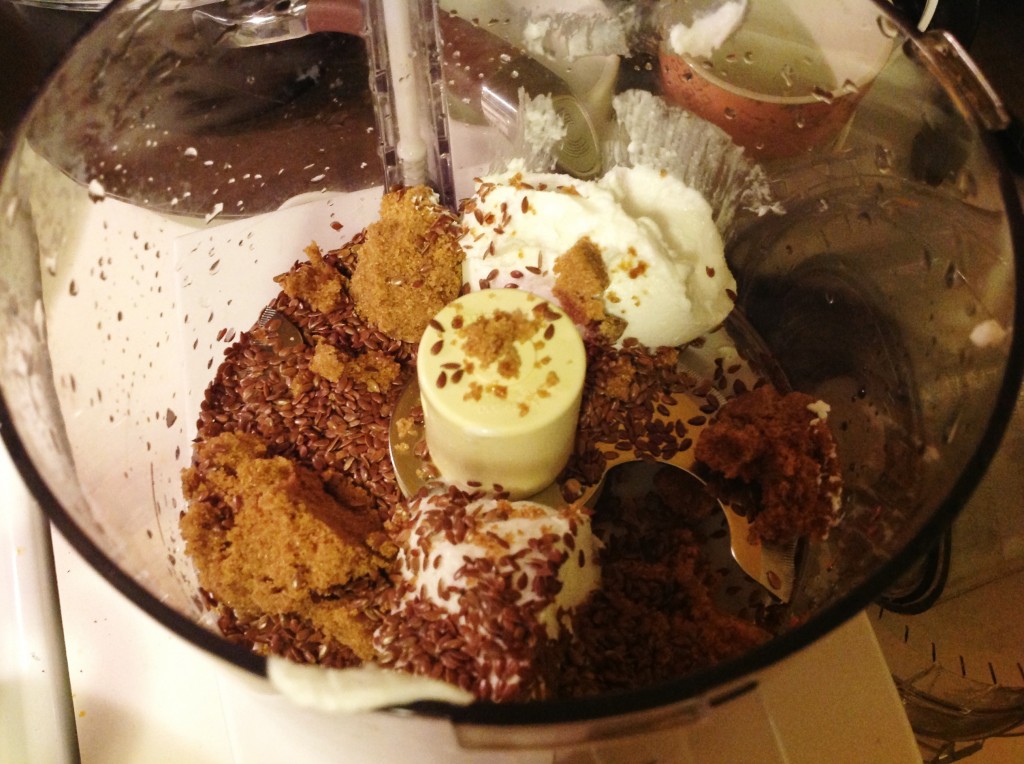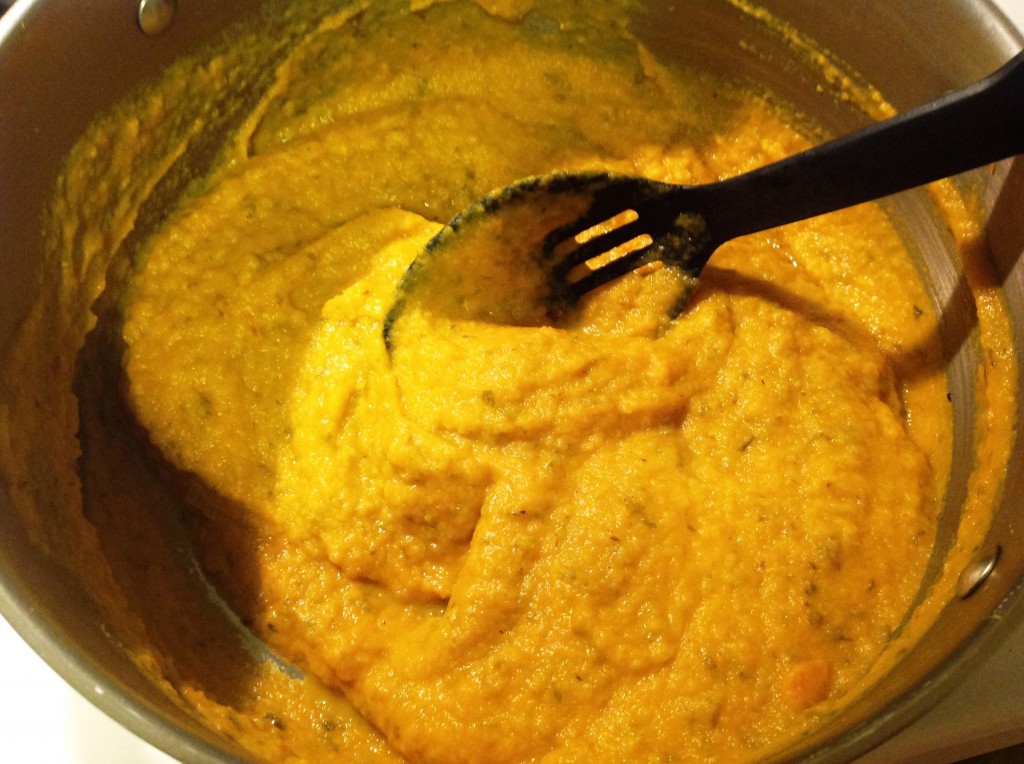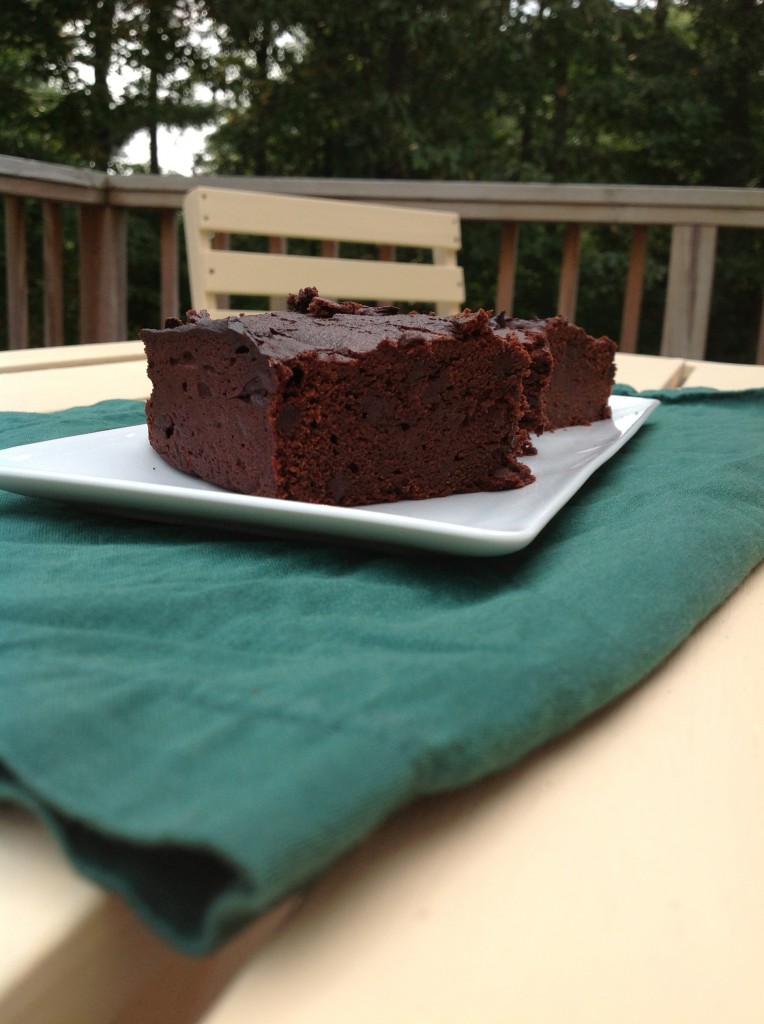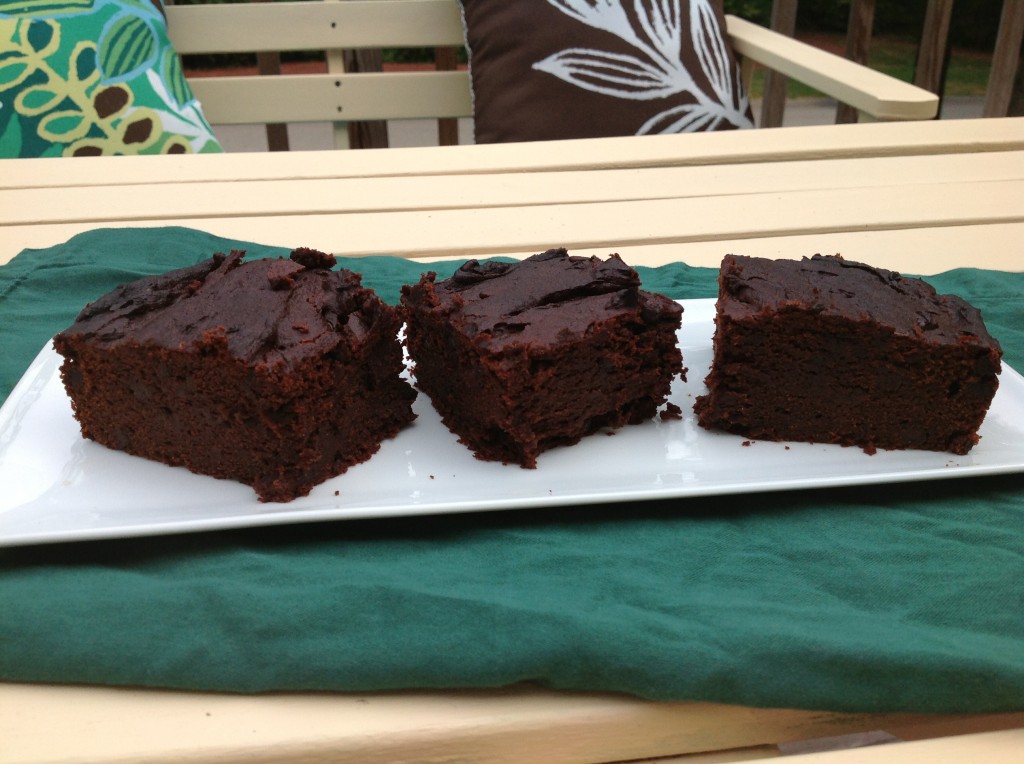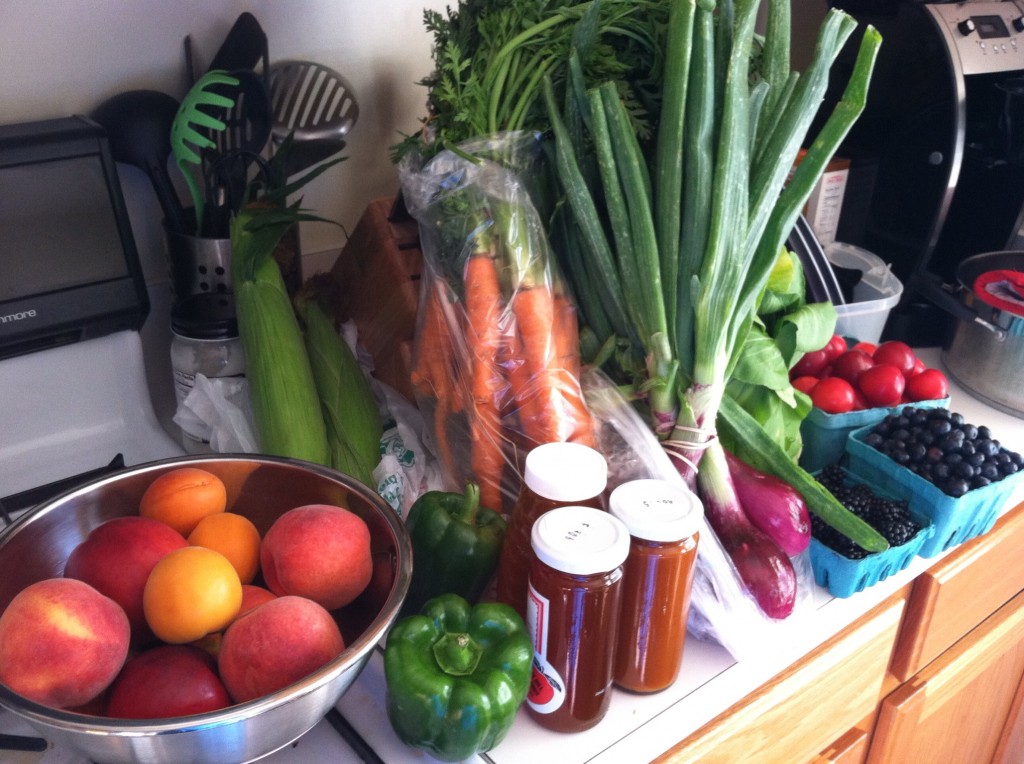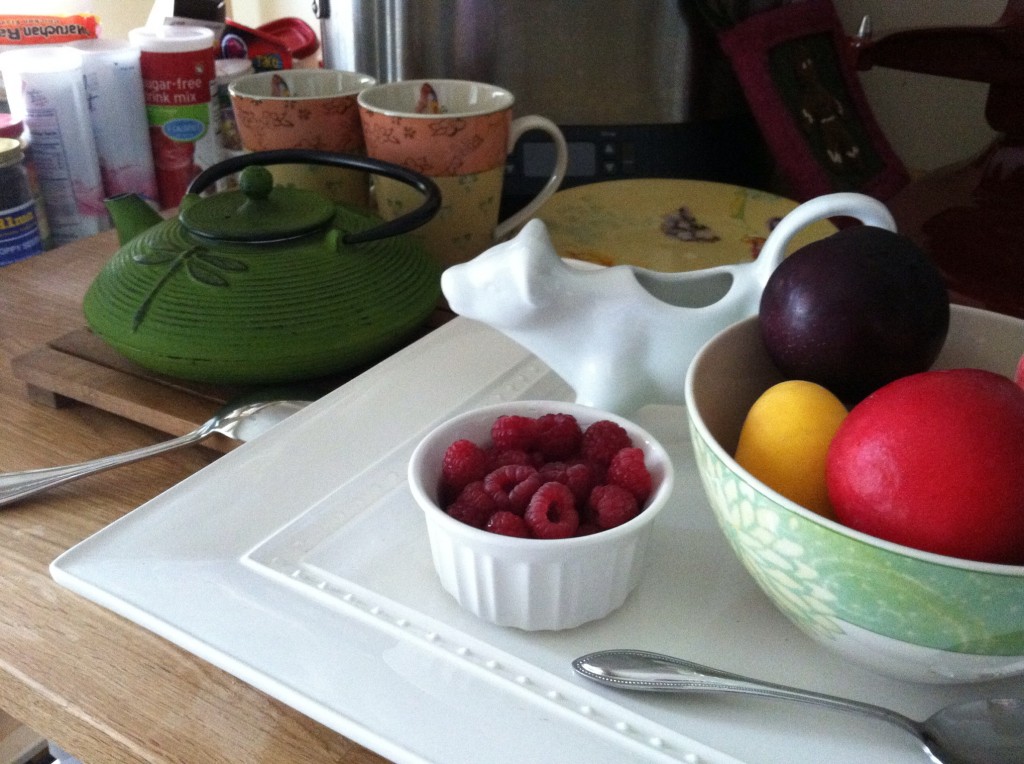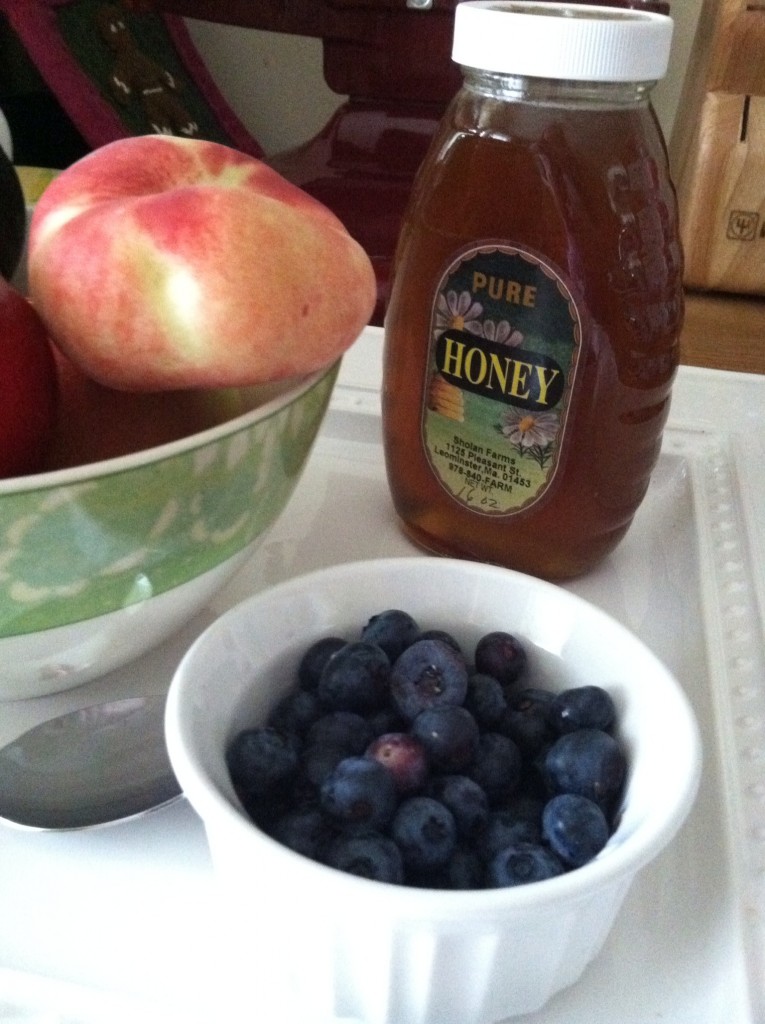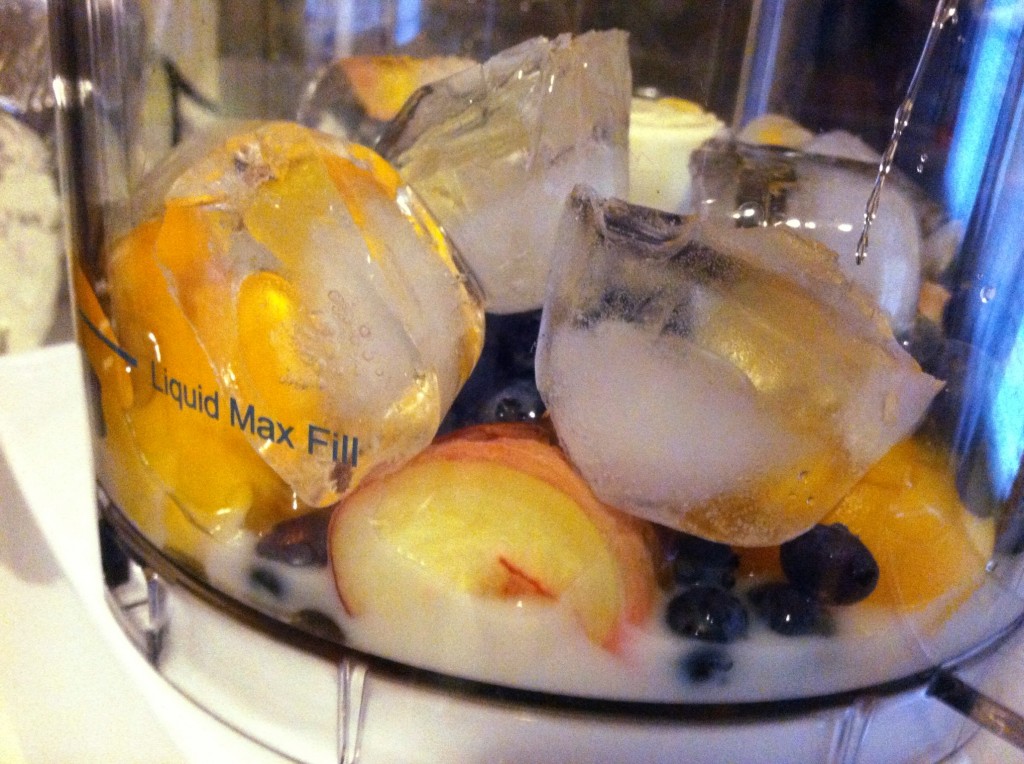In August 2016, I discovered that my endometriomas were shrinking, without surgery or traditional Western medications. I had previously had surgery a year and half before for my endometriosis, and after only 10 months, other endo lesions and cysts developed in various areas, including the bowel. I learned that endo is a chronic condition, and I couldn’t picture my life having many surgeries again.
It was pretty shocking. I was always told I was healthy, or just “aging”, until I was diagnosed with a chronic illness for which medicine can only try to suppress symptoms. The options for traditional treatment of endometriosis are medications, which all have side effects in some form or other, or surgery, which can potentially compromise organ functions and create complications through formation of scar tissue. Both methods do not address the causes of the illness and do not work to rebuild the body’s ideal health and balance.
I did my research. Bowel endo can be risky and difficult to treat. The surgery may either cause perforation of the bowel or may need to remove part of the bowel, decreasing quality of life. I looked for alternatives, and I found out I could improve my symptoms naturally, but only through some serious changes. I become hopeful, trusted in myself, and motivated more than ever.
Many say relief from endometriosis symptoms is out of our hands, but having these symptoms shows that my body is not functioning properly, otherwise my health wouldn’t be compromised. I needed to do everything necessary to help my body heal and work as it should. For instance, for years I suffered with sinus issues and only got corticosteroid spray and many rounds of antibiotics. I now know that my sinus issues were caused by inflammation, and medications deplete the gastrointestinal system, opening the way for candida and leaky gut.
So I approached my disease with many paths: diet, holistic medicine, exercise, toxin reduction and mental support.
Diet and Supplements
With the help of my naturopath, I addressed my diet. We focused on an anti-inflammatory diet overall, adding Brassicae family vegetables, fibre and flax oil to help with estrogen metabolism and clearance. We also did food sensitivity testing in order to help reduce overall inflammation. This also helped with the chronic sinus problems.
I added some supplements in a program individualized for me by my naturopath. I used probiotics to help improve my digestive health. I used a supplement called Estresense to improve estrogen metabolism through cleansing the liver, and to reduce total estrogen in order to balance this with progesterone (helping improve symptoms such as heavy and painful periods). I also used a progesterone cream: to help counter balance the effect of excess estrogen and prevent the progression of endometriosis, and to improve PMS symptoms associated with low progesterone, and excess estrogen (low moods, cramping, acne, insomnia, breast tenderness). I took B-vitamins and magnesium to help with liver metabolism, to improve PMS symptoms associated with low progesterone and excess estrogen. I used fish oils as an anti-inflammatory.
Adapting to the diet and supplements was very difficult. It took several months to understand how important it was for me, through tons of reading and personal experience, and stop grieving the food of my past life. I now do a diet similar to paleo (with only hormone free sources of proteins and mostly organic and unprocessed food ), as most of my food intolerances are important sources of protein in a vegan diet, like beans, nuts and seeds. Indeed, I felt even sicker when once trying the China Study diet, a vegan diet.
A doctor suggested sexyfoodtherapy.com, a great website, where a nutritionist has very yummy recipes and offers a motivational support network to stick to the plan, which includes exercises and meditation.
Other Natural Approaches
I made a point of doing 90 minutes of exercise every day, which included walking, biking and yoga. I discovered that doing the hardest activity in the morning would address my fatigue issues.
Regarding the toxin reductions, I threw away every care product that had toxic components and replaced them with natural ones, or made my own, and I did the same for the house cleaning products. I also substituted plastic containers for glass ones, did skin brushing and castor oil packs.
For mental health and general physical balance, I had acupuncture weekly or biweekly at a community acupuncture studio, which also helped to balance my hormones. I joined a local support group which helped me to understand more of my symptoms, to be able to talk about it to other people, and to inform my family and friends. I also did meditation, Reiki, body talk and Shiatsu. I started to say no to people when they were asking too much for what I could comfortably do. I put myself and my health first, and stayed away from any abusive kind of relationship or situation.
I’m looking forward to the day I’ll be completely cleared of the endometriomas, but I can tell I am feeling much better. Seeing these improvements, my surgeon supports my holistic path. He’s impressed that I can avoid gluten and sugar, but I think it’s necessary. When people feel sorry for me about my lifestyle changes, I tell them, “Why? I am not sorry to feel well!”
It is challenging to maintain this lifestyle, in terms of time management and social activities, but my job allows for flexible hours and most friends are understanding. My very supportive partner is also helping in some of the home chores and sharing these changes in our lives.
Functioning properly is the most important thing for me and I’m very determined to keep this as my number one priority. If I am not functioning well, I am of no use for anybody else.
Highlighted Readings
“Endometriosis: You can Heal Yourself” by Cristiana Zenoni
“Never be sick again” by Raymond Francis
“The Hormone Cure” by Sara Gottfried MD
“Taking Charge of your Fertility” by Toni Weschler MPH
“Pandora’s Lunch Box” by Melanie Warner
